The vibrant world of Mexican cuisine is renowned for its bold flavors, rich traditions, and of course, its delicious array of baked goods. Among these treats, colorful Mexican pastries stand out as a delightful treasure trove of flavors and textures. From the golden hues of pan dulce to the iconic conchas, these pastries are not merely snacks but cultural icons that bring people together. Whether you’re a fan of traditional Mexican bread or seeking to explore the sweeter side of Mexican baking, there’s something enchanting about the colorful mexican pastries that captivate food enthusiasts worldwide. This guide delves into the fascinating world of these beloved baked goods, uncovering their origins, unique flavors, and the stories behind their creation.
Key Takeaways
- Pan Dulce: A Category of Mexican Sweets
Pan dulce encompasses a variety of traditional Mexican baked goods, each with unique names like conchas, barras, and pan de muerto, reflecting regional and cultural differences.
- Conchas: A Unique Type of Pan Dulce
Conchas are distinct for their shell-shaped form, offering a soft, chewy interior wrapped in a crispy crust, making them a standout among pan dulce varieties.
- Shape, Texture, and Serving Ideas
Conchas’ shell shape provides a practical handle for dipping into coffee or hot chocolate, combining convenience with deliciousness.
- Ingredients and Baking Process
Crafted with wheat flour, sugar, butter, and milk, conchas are baked to perfection, creating a golden crust and a sweet, buttery center.
- Beyond Conchas: A Broader Category
Pan dulce extends far beyond conchas, including pan de muerto, a skull-shaped treat popular during Día de los Muertos, and empanadas, showcasing diverse shapes and flavors.
- Culinary Uses: Sweet and Savory Delights
Conchas enhance both sweet dishes, like fruit-filled options, and savory ones, such as those in mole, absorbing rich flavors.
- Cultural Significance and History
Rooted in deep Mexican tradition, conchas symbolize cultural heritage and are cherished for their rich history.
- Modern Twists: Innovation in Baking
Today, conchas are reinvented with fillings like cream cheese or chocolate ganache, blending tradition with contemporary flair.
- Versatility Across Occasions
Whether enjoyed on their own or as part of elaborate dishes, conchas cater to diverse tastes and settings.
- Reflecting Mexico’s Culinary Heritage
Conchas highlight Mexico’s rich baking traditions, offering a taste of the country’s cultural depth.
- Global Appeal: Beyond Borders
With their unique qualities, conchas have gained international recognition, appealing to a broad audience.

What Are Those Mexican Pastries Called?
Those delicious Mexican pastries often referred to as “pan dulce” (sweet bread) come in various shapes, sizes, and flavors. Here’s a breakdown of the most popular types:
1. Sweet Breads (Pan Dulce)
- Conchas: Soft, sweet breads with a crumbly sugar crust, recognizable by their shell-like pattern.
- Barras: Long, thin rolls that are lightly sweetened and perfect for dipping in coffee or chocolate.
- Canelazos: Round, sweet buns made with milk and covered in a thick caramelized sugar coating.
- Morcillos: Small, round buns with a dense texture and a hint of anise flavor.
2. Enchiladas (Fried Corn Dough Pastries)
- Sopapillas: Light and fluffy pastries made from fried dough and filled with sweet ingredients like honey or fruit.
- Empanadas: Pastry pockets filled with fruits, nuts, or savory ingredients like beans or cheese.
- Churros: Twisted, deep-fried pastries rolled in sugar and cinnamon, a classic Mexican dessert.
3. Cookies and Other Treats
- Biscochos: Crispy cookies often flavored with anise and served during holidays and special occasions.
- Macarons: French-style macarons with unique fillings like mango or guava, a modern twist on traditional pastries.
Popular Dishes Involving Pastries
- Pasteles Navideños: Traditional Christmas tarts or cakes made with layers of pastry and filled with fruits or cream.
- Campechana: A type of fruit tart with a lattice crust, often enjoyed during holidays.
How To Make Churros At Home
For a taste of Mexico in your kitchen, try making churros with this simple recipe:
- 1 cup all-purpose flour
- 1/2 teaspoon salt
- 1/4 teaspoon baking powder
- 1/2 cup sugar
- 2 cups oil for frying
- Optional: Cinnamon for dusting
Combine dry ingredients in a bowl. Add water gradually to form a dough. Roll into ropes, cut into pieces, and fry until golden. Dust with sugar and cinnamon before serving. Enjoy as a delightful treat!
Discover more authentic Mexican recipes and explore the rich tradition of pan dulce on our website at Panito Mole .
Popular Mexican Pastries
Mexican pastries offer a delightful variety of sweet and savory treats that reflect the country’s rich culinary heritage. Here’s a curated list of some of the most popular ones:
Sweet Breads (Pan Dulce)
- Pan de Muerto : A iconic sweet bread traditionally eaten during Día de los Muertos. It features a sugar loaf shaped like a skeleton with “eyes” made of raisins and “teeth” of orange peel.
- Bocoles : Small, round sweet bread rolls that are often eaten with coffee or as a quick snack.
- Conchas : Sweet, buttery rolls that resemble small cakes and are known for their golden crust and soft interior.
Filled Pastries (Empanadas and More)
- Empanadas : These versatile pastries can be filled with various ingredients like chicken, cheese, potatoes, or beans. They are a favorite snack or light meal.
- Churros : Long, twisted doughnuts that are deep-fried and coated in sugar or cinnamon. They’re often sold on the streets and are a beloved treat.
- Elotes : Corn on the cob is a popular ingredient in Mexican cuisine, and elotes are grilled or boiled corn sticks dusted with salt, butter, and cheese.
Cookies and Sweet Snacks
- Bizcochos : Crispy, sweet cookies that are often made with wheat flour and flavored with vanilla or chocolate.
- Galletas : Another type of cookie, these are typically thicker and denser, sometimes compared to gingerbread.
Specialty Treats
- Marranitos : Small, round cookies made with piloncillo (a type of brown sugar) and shaped like little pigs. They’re chewy and sweet.
- Yemas : Almond-based pastries that are soft and sweet, often flavored with rosemary or orange zest.
These pastries are not only delicious but also deeply rooted in Mexican culture, often enjoyed with coffee or at festivals and celebrations. Whether you’re looking for a quick snack or a special dessert, Mexican pastries offer something to satisfy every craving.
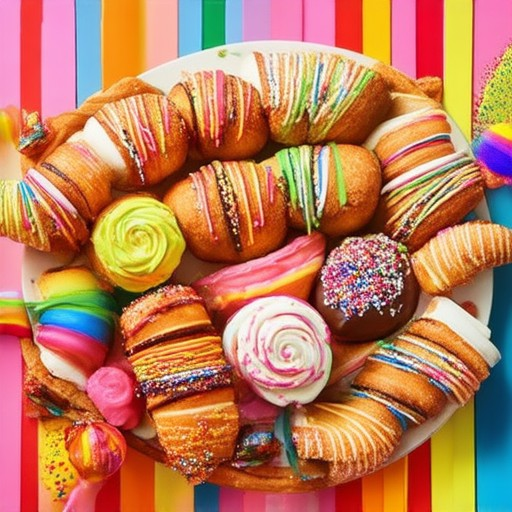
What is the Pink Mexican Bread Called?
The pink Mexican bread is commonly referred to as cortadillo . This soft, sweet bread is a beloved tradition in Mexican cuisine, known for its delicate texture and mild flavor. It is often enjoyed as a snack or dessert, making it a popular choice in panaderias (bakeries) across Mexico.
Cortadillo is characterized by its light pink color, achieved through a unique baking process, and its slightly sweet taste. Its versatility allows it to be enjoyed on its own or paired with various fillings, making it a favorite among food enthusiasts.
If you’re interested in exploring more traditional Mexican breads, check out our Other Breads section, which includes conchas and bolillos, among others.
Additionally, we offer a variety of mole recipes perfect for pairing with cortadillo or other breads.
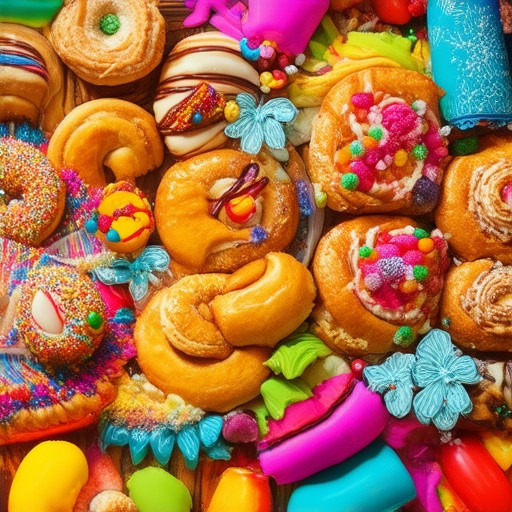
Another Name for Pan Dulce
Pan dulce, also known as conchas, is a traditional Mexican sweet bread roll. It has several names depending on the region and cultural context:
- Conchas: The most common name, derived from the shell-shaped appearance of the bread.
- Barras: A regional term, particularly in certain parts of Mexico, referring to the shape of the bread rolls.
- Pan de Muerto: A specific variety of pan dulce traditionally eaten during Día de los Muertos (Day of the Dead) celebrations, shaped like a skull.
What is the Difference Between Pan Dulce and Conchas?
Pan dulce, also known as Mexican sweet bread, is a category of traditional baked goods that vary in shape, size, and flavor. Among the many varieties of pan dulce, conchas stand out due to their unique shape and texture.
Key Differences:
- Shape and Texture: Conchas are distinguished by their shell-like shape, which gives them their name. They have a soft, slightly dense interior surrounded by a golden, buttery crust. The shell creates a satisfying contrast between crunch and chew.
- Serving Suggestions: Like most pan dulce, conchas are commonly enjoyed with coffee or hot chocolate. Their shape makes them perfect for dipping, as the shell allows for a secure grip while holding onto the treat.
- Ingredients and Preparation: Conchas are made using a dough that includes wheat flour, sugar, butter, milk, and yeast. The dough is shaped into a shell form, baked until golden, and then coated with a sugary glaze for extra sweetness and crunch.
- Variety: While conchas are a specific type of pan dulce, there are many other varieties within the pan dulce category, such as pan de muerto (day of the dead bread) and empanadas. Each has its own unique shape and flavor profile, but conchas remain a popular choice for their rich history and delicious taste.
Panito Mole specializes in bringing you the finest recipes for pan dulce, including authentic concha recipes. Check out our collection of traditional Mexican sweet bread recipes to elevate your baking skills and bring the flavors of Mexico to your kitchen.
Visit Panito Mole to explore our full lineup of pan dulce recipes and learn how to make conchas and other traditional Mexican treats.

What is a Concha in English?
A concha is a traditional Mexican dessert, often referred to as a type of bun or sweet roll. It is a staple in many Mexican households and is commonly used in dishes like mole, a rich and complex sauce made with chocolate,肉类和各种香料。Conchas are known for their soft texture and slight sweetness, making them a versatile ingredient in both sweet and savory dishes。
Key Characteristics of Conchas:
- Texture : Soft and slightly sweet, with a chewy exterior and a tender interior.
- Flavor : Mild sweetness with a hint of butteriness, complementing both sweet and savory ingredients.
- Cultural Significance : A beloved part of Mexican cuisine, often enjoyed on its own or as an ingredient in various recipes.
Uses in Cooking:
- Sweet Dishes : Often paired with fruits, nuts, or drizzled with honey or sugar.
- Savory Dishes : A common component in mole dishes, where it absorbs the rich flavors of the sauce.
Variations:
While the classic concha remains a favorite, modern bakers have introduced variations with different fillings and toppings, such as cream cheese or chocolate ganache.
Conclusion:
The concha is a delightful treat that showcases the rich heritage of Mexican baking traditions, offering a unique blend of textures and flavors that enhance a variety of dishes.
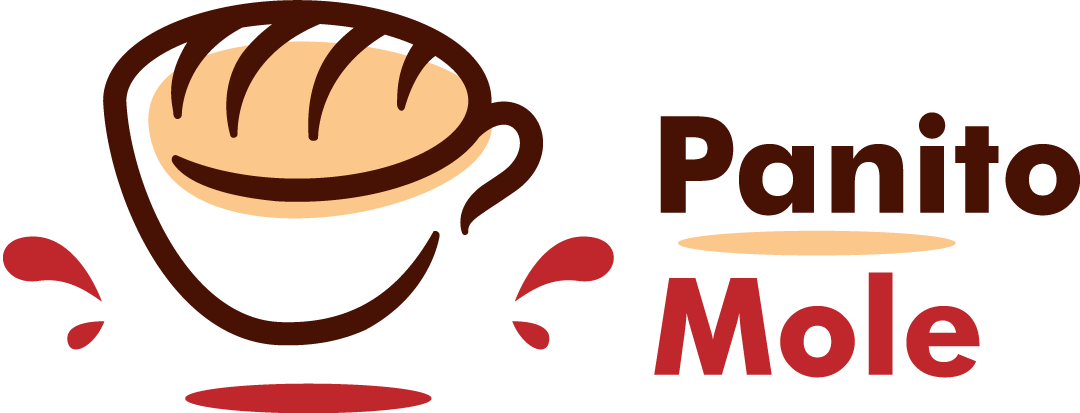
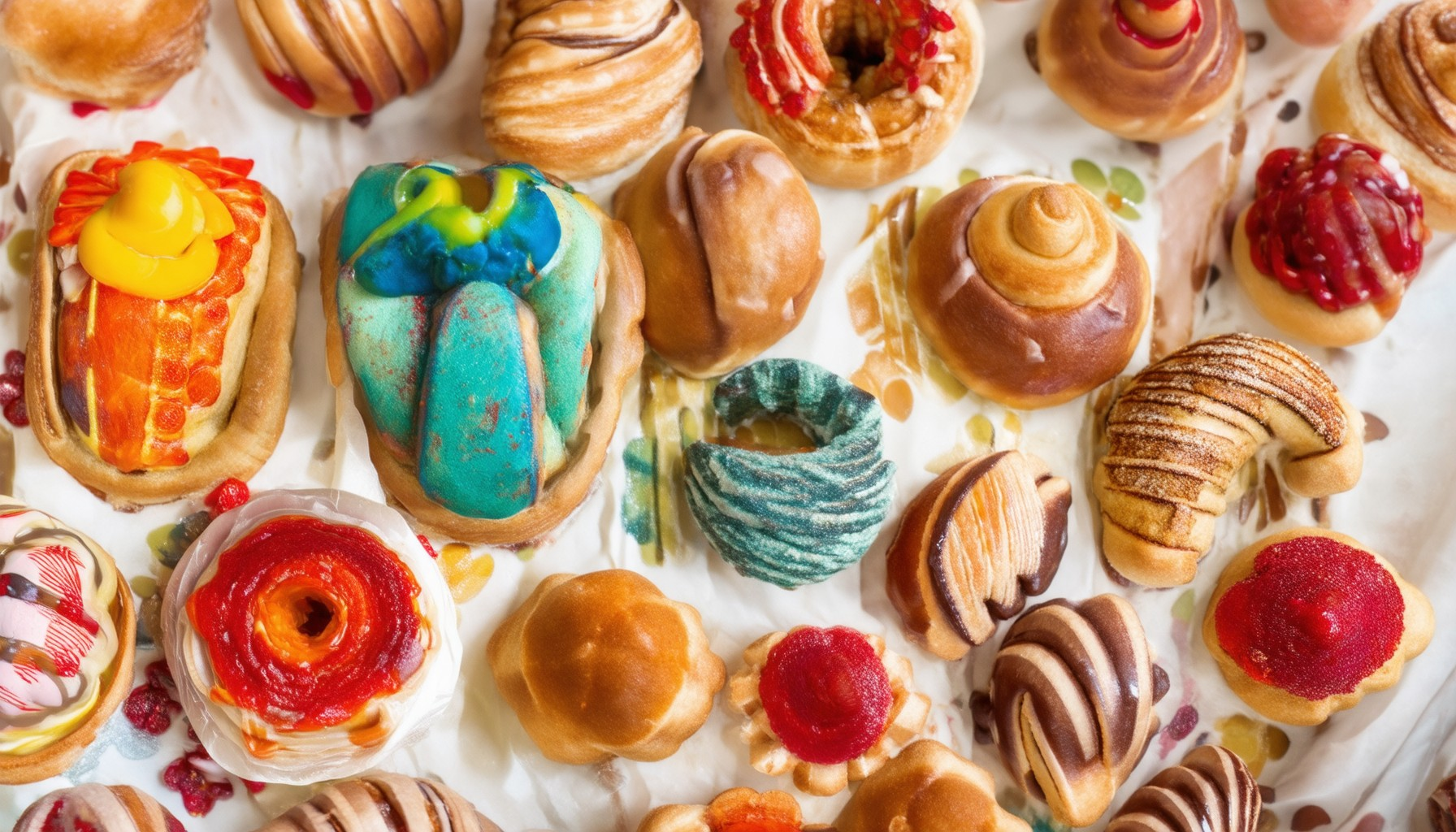


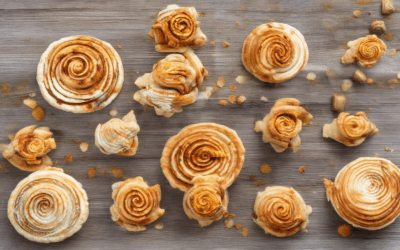
0 Comments